 You know there has to be a better way to keep all of your students absorbed.
You know there has to be a better way to keep all of your students absorbed.
A few just aren’t engaging much at all.
Some can’t master fundamental math. And the spelling bee left others in tears.
Many of them aren’t retaining the material well either. Nothing seems to stick past a few days and their test results are alarming.
Do you too remember some of those long lessons at school? The teacher droned on. And you couldn’t connect to what he was saying.
You thought it was your fault.
A lot of staring out the window.
Most classes and teachers are a hazy blur in my memory too.
But one lesson stands out.
I can still see the face of that young visiting teacher. I remember the stir in the room as he walked in. We sat up straighter and felt something out of the ordinary—anticipation.
Want to know what was extraordinary about that class and why it’s stuck with me for so long?
Read on to understand the value of sensory learning.
We’ll cover what it is, how it works, and how you can embrace it so your classes connect with every kid there.
Here’s what this post will cover:
What is Sensory Learning?
Why are Sensory Skills Important?
Does Science Back Up the Theory of Sensory Learners?
Senses as Learning Tools
How Sensory Play Is More Than Messing Around
How Do You Foster Multi-Sensory Learning at Any Age?
Sensory Learning Activities
What is Sensory Learning?
Sensory learning theory says that we learn better when we actively engage our senses.
Sensory learning theory also recognizes that we don’t all learn in the same way.
Students may have a preferred sensory learning style. They may opt for one sense over another. Depending on the subject sometimes.
Some students will find it easier to learn through hearing (auditory). Or through seeing (visual). Or through touch and movement (kinesthetic).
When you hear people say ”I need to see it,” or “I can’t follow a map. Tell me which way to go,” they are describing different ways of learning.
A good teacher recognizes this variety of sensory learning styles. She caters to all students by teaching through many senses. It’s called multi-sensory instruction.
When teaching reading, she offers a few options. She lets the students choose what is most comfortable for them.
She encourages the kinesthetic learners to air-write the letters. In this way, their muscle memory is better engaged.
She gives the visual learners a book to follow and doodle on as they listen to her read aloud.
Why are Sensory Skills Important?
As we culture sensory skills, we develop well-worn pathways in the brain. This helps us to later access what we have learned.
If we learn about something by both looking at it and touching it, we give our brains two different ways to retrieve information about it later. We lay down a more complex network of neural connections.
It’s as if we’ve created a map with many routes to the one destination.
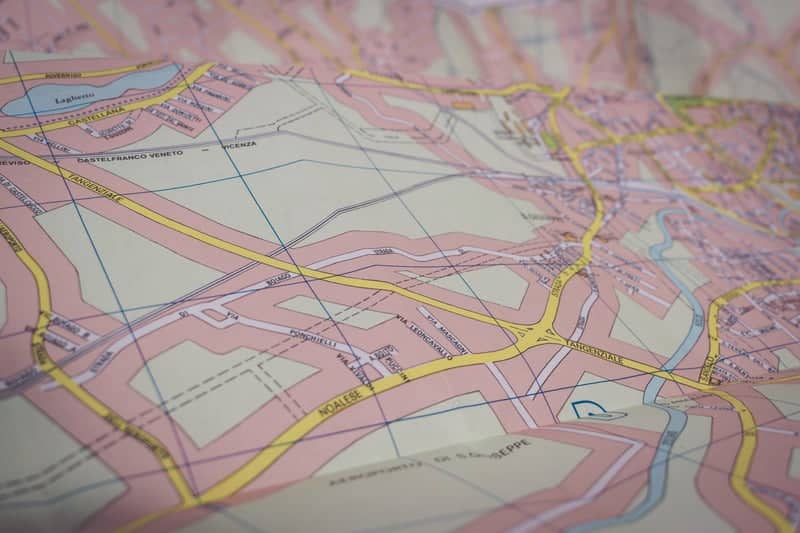
For example, in how many ways can we learn the word “apple”?
We can see the word “apple” written down on a colorful chart with a bright picture of an apple.
We can write “apple” and draw an apple.
We can say the word “apple” aloud and put it into a song.
We can touch and taste an apple.
We can juggle some apples.
We can find an apple tree and smell the blossoms.
We can pick the fruit and bake it in a firepit and eat it with ice cream.
When we later want to recall the meaning of “apple,” the brain has many pathways to find it.
Does Science Back Up the Theory of Sensory Learners?
Most good educators employ multi-sensory instruction activities.
Montessori, the Wilson Reading System, the Barton Reading Program, and the Multisensory Structural Language Education are a few examples. They are successful in teaching reading, math, and helping those with learning disabilities.
Research supports the widely-held view of the value of sensory learning. And becoming bilingual using sensory learning has been shown to be great for lasting brain health.
For example, one study showed that people remember a voice better if they can match a face to it. This obviously is connecting the senses of hearing and sight.
The connection of the senses in the brain is called “crossmodal interaction.”
Psychologists, Shams and Seitz, reviewed the literature about multisensory perception and concluded that “it is likely that the human brain has evolved to develop, learn and operate optimally in multisensory environments.”
Science gels here with common sense. Our brain engages many senses so we can best navigate our multisensory world.
Senses as Learning Tools
Our senses are our learning tools for receiving accurate information about our environment.
When we touch something, our brain registers it as hot/cold, soft/silky.
If this soft object also barks at us, our brain registers that as well.
Two different senses interact to give us a better idea of the dog.
We may think twice before petting that terrier when we next meet him.
By our experiences with the dog, we have set down initial neural pathways. These set the foundation for more complex learning, independent reasoning, and problem-solving.
A popular saying in neuroscience is “What fires together, wires together.” In other words, as we continue to activate neural pathways, they become stronger connections.
This is how we learn, store, and can later access information easily.
How Sensory Play Is More Than Messing Around
Young children are naturally curious:
“How does this sand taste? What does mud feel like?
How can I dance to that beat?
What happens if I pinch Ben in the sandpit?”
Children learn as they experiment.
Teachers recognize the benefits of sensory play and structure learning through well-designed activities. Sensory play becomes much more than making a mess and having fun. It helps the child learn.
As they explore the world through sensory play, children refine their threshold for sensory stimulation.
They learn what they like and don’t like—what’s too loud, too hard, too slimy, or too bitter.
They learn what’s safe and what’s dangerous.
They also learn to work harmoniously and share effectively with others.
But does this sensory learning have to stop at early childhood?
How Do You Foster Multi-Sensory Learning at Any Age?
Clearly, we continue to learn through our senses as we get older.
So it’s a mistake for teachers of older students to default to the tired model of students listening to a teacher talking.
In order to engage the students who learn better by seeing, touching, and moving, we need more innovative teaching styles.
Sensory Learning Activities
Good instructional design uses multi-sensory instruction. The challenge is to choose activities that are age-appropriate and suit the desired learning outcomes.
It takes time and creativity for a teacher to come up with lessons that encourage sensory learning. But the resulting engagement and results are well worth it in terms of students’ enjoyment and learning.
Suggested activities that stimulate the different types of sensory learning include:
a) Taste and Smell
We learn our personal taste and smell preferences.
- Growing plants and herbs
- Cooking
- Making a compost pile
- Exploring essential oils
- Tasting exotic fruits and unusual salad greens
- Growing a fragrant flower garden
b) Touch
We learn about textures and develop problem-solving skills by manipulating objects. We develop fine motor skills and hand-eye coordination.
- Playing with bubbles, ice and rocks
- Trying out tools
- Identifying fabrics
- Petting animals
- Finger painting
- Using manipulatives
c) Sight
Through sight, we learn about relationships, how to distinguish color, how to read, and draw.
- Drawing mindmaps and diagrams
- Working on puzzles
- Creating charts and maps
- Using flashcards
- Playing with arts and crafts
- Watching demonstrations
e) Hearing
Through hearing, we learn language and how to label objects. We learn how the sounds we make can get attention. We learn the joy of using our voice.
- Writing and singing songs
- Listening to stories
- Making and listening to music
- Discussing
- Learning mnemonics
- Giving oral reports, “show and tell”
f) Movement/Kinesthetic
Through movement, we learn to balance. We learn about personal space and coordination. We learn how gravity works on us.
- Building a model
- Playing games and sports
- Acting
- Dancing
- Engaging in roleplay
- Playing charades
- Sensory memory exercises
Let’s get back to our senses
Do you want to know about the one lesson from my childhood that’s stuck with me?
It was a math class and the teacher walked in with a basket of fresh produce.
He used this prop to teach us about estimating costs when shopping.
I can still see the asparagus stalks and how crisp they were. That teacher glows in my memory.
You’re likely reading this so that you can do better and be a more memorable teacher.
You don’t want to accept that some students just can’t engage.
You want to lose that creeping feeling that you may be wasting their precious time.
Sensory learning is the new tool in your kit.
This is the way to give all of your students a better chance of learning. Including the ones who like to listen, the ones who like to read, and the ones who like to move.
Why not introduce this by asking everyone to bring a favorite object to school and do a show and tell? Pass the objects around and have them write or draw something.
Ask them afterward what they’ve remembered.
You’ll notice how much more sticks when their senses are switched on.
You’ll start seeing better test results.
That one “shy” student has a knack for drama. Another is a natural puzzle-master. Who knew?
Now you do know why you’ve missed this. Students learn and shine in different ways.
When you see your kids’ faces light up as you walk in, you’ll know that you’re rocking your classes now.
Related Posts
- The Most Controversial Language Learning Technique In The World
In this episode of the Magnetic Memory Method Podcast ... controversy about using mnemonics in…
- Stoic Secrets For Using Memory Techniques With Language Learning
Christopher Huff shares his Stoic secrets for using memory techniques when learning a language. You'll…
- 7 Active Reading Strategies That Help You Remember More
Active reading strategies are often poorly misunderstood or lacking. Get these 7 active reading activities…

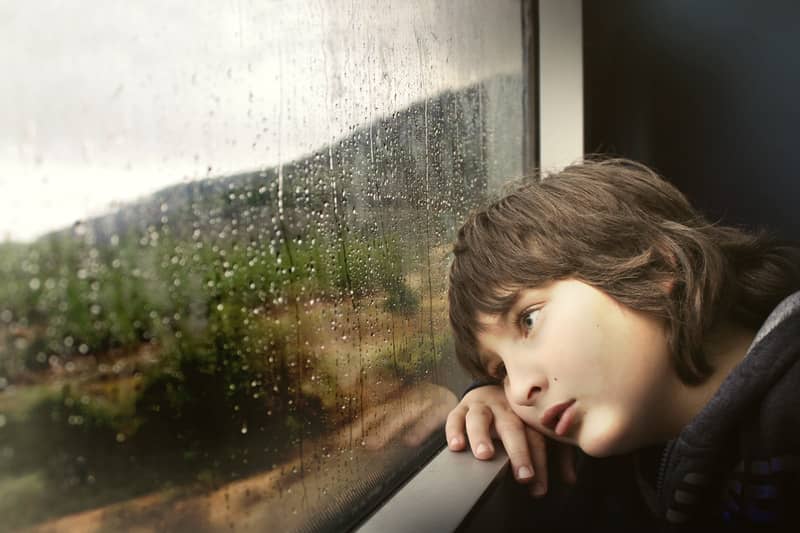
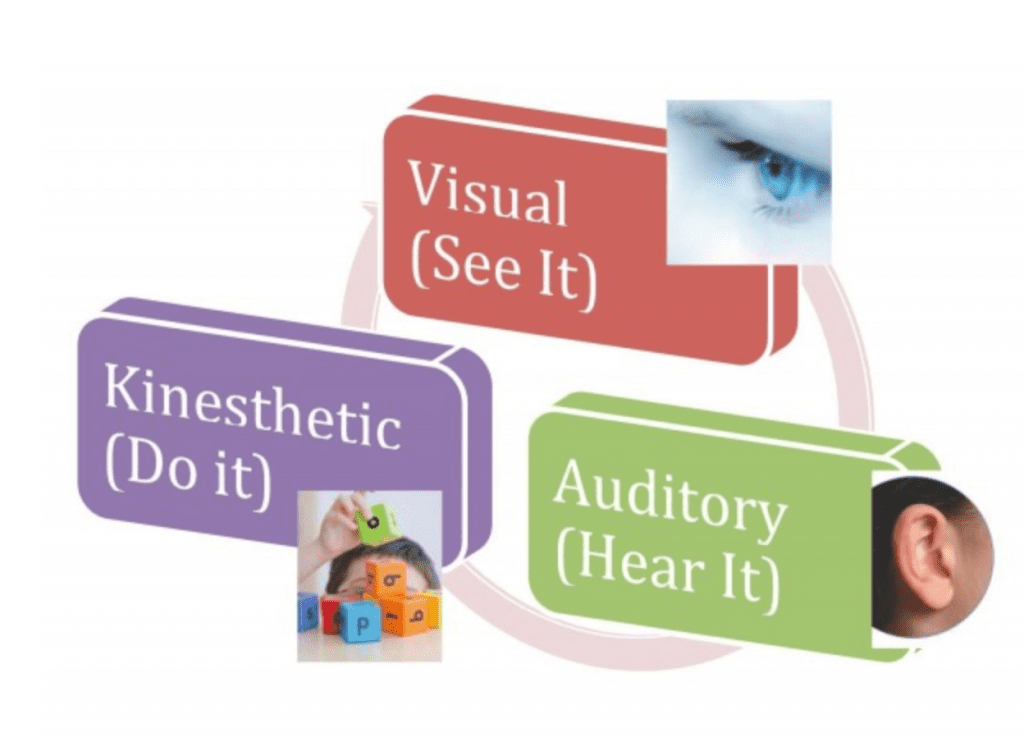







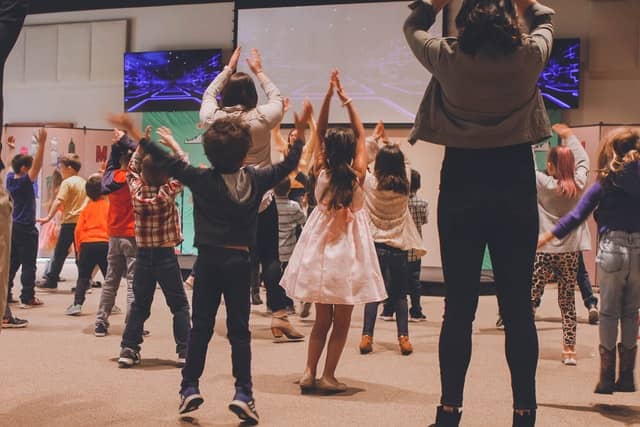

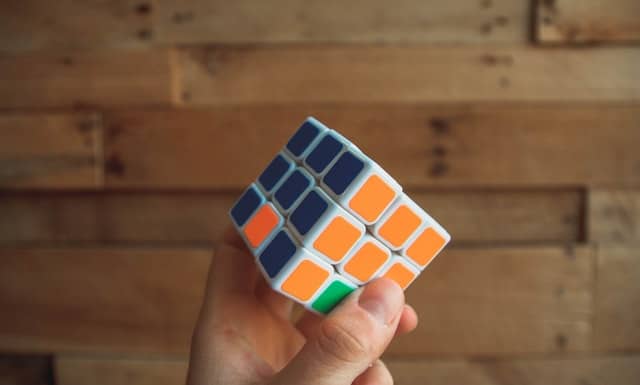



2 Responses
Amazing points on multi-sensory learning! I remember clearly before 8 years ago when my math teacher used objects and candy to teach us. In contrast, I can’t remember most of my semester last year.
I would like to encourage to this style more.:)
But I think it would requires a trained imagination to apply multi-sensory in online courses
Thanks for chiming in on this, Ahmad. I’m glad you found it useful.
Training the imagination to operate in a multi-sensory way is one thing we cover in-depth in the MMM Masterclass. It takes a bit of practice, but is worth every second of effort. I myself revisit the exercises myself 2-3 times a year to make sure I keep sharp.